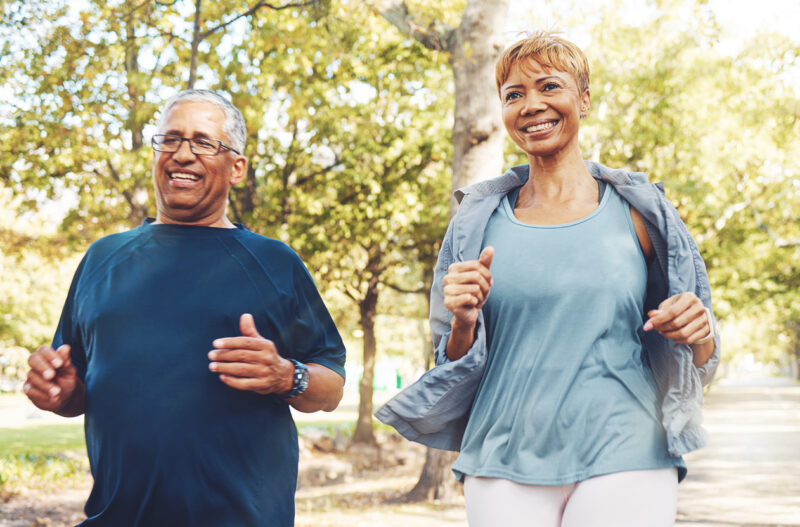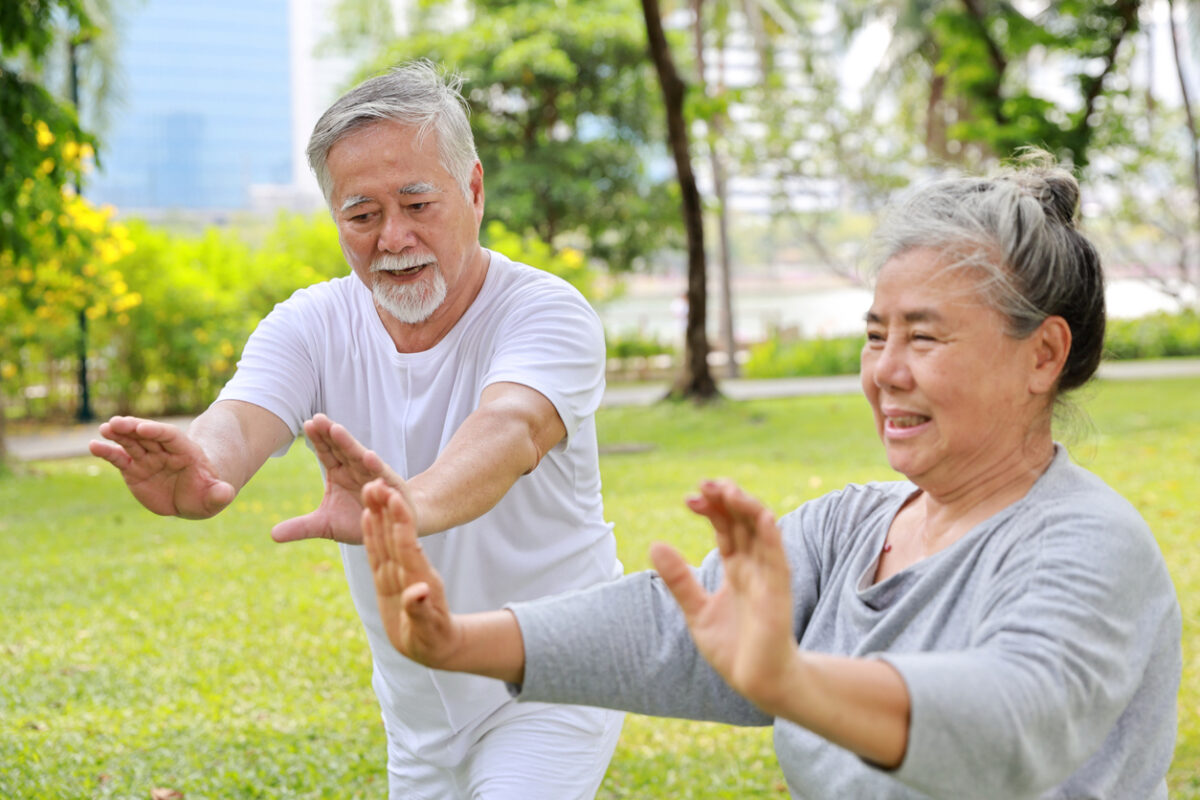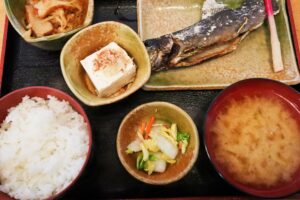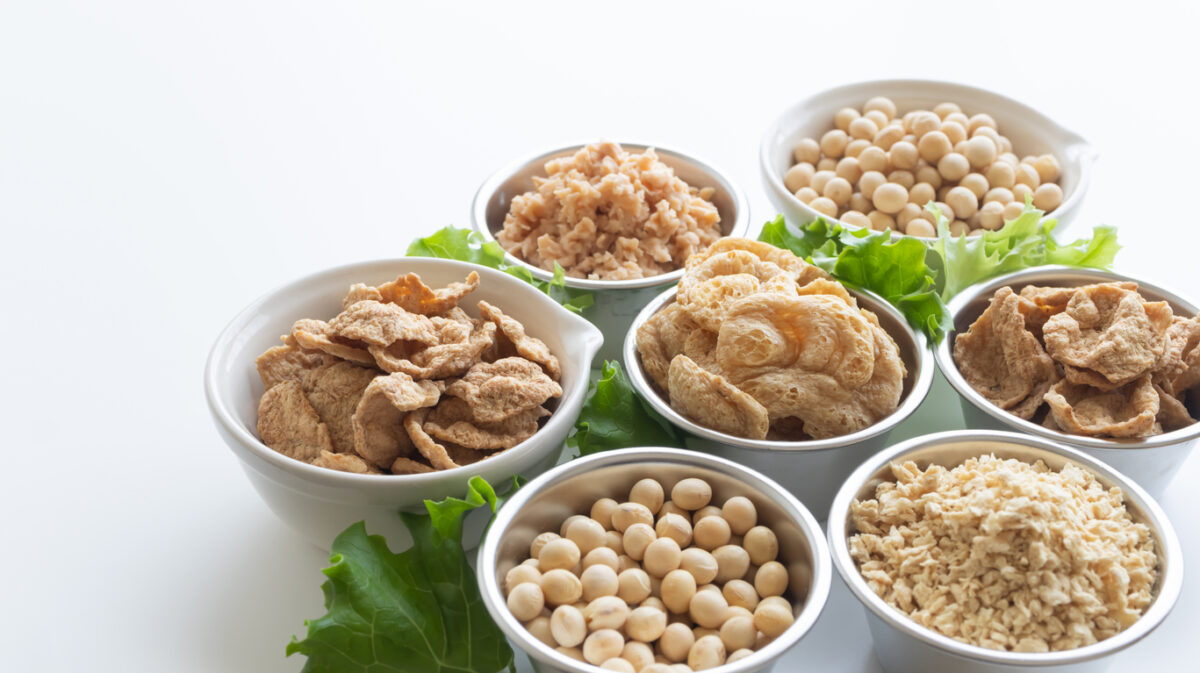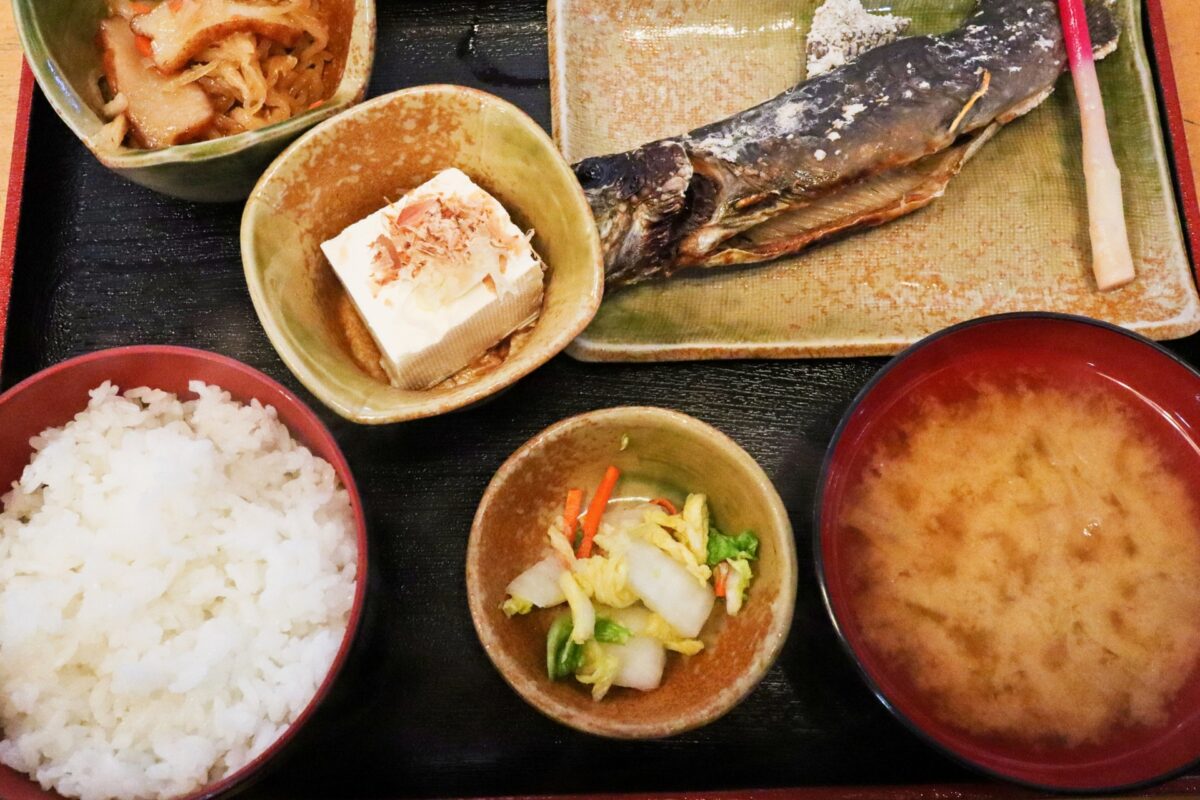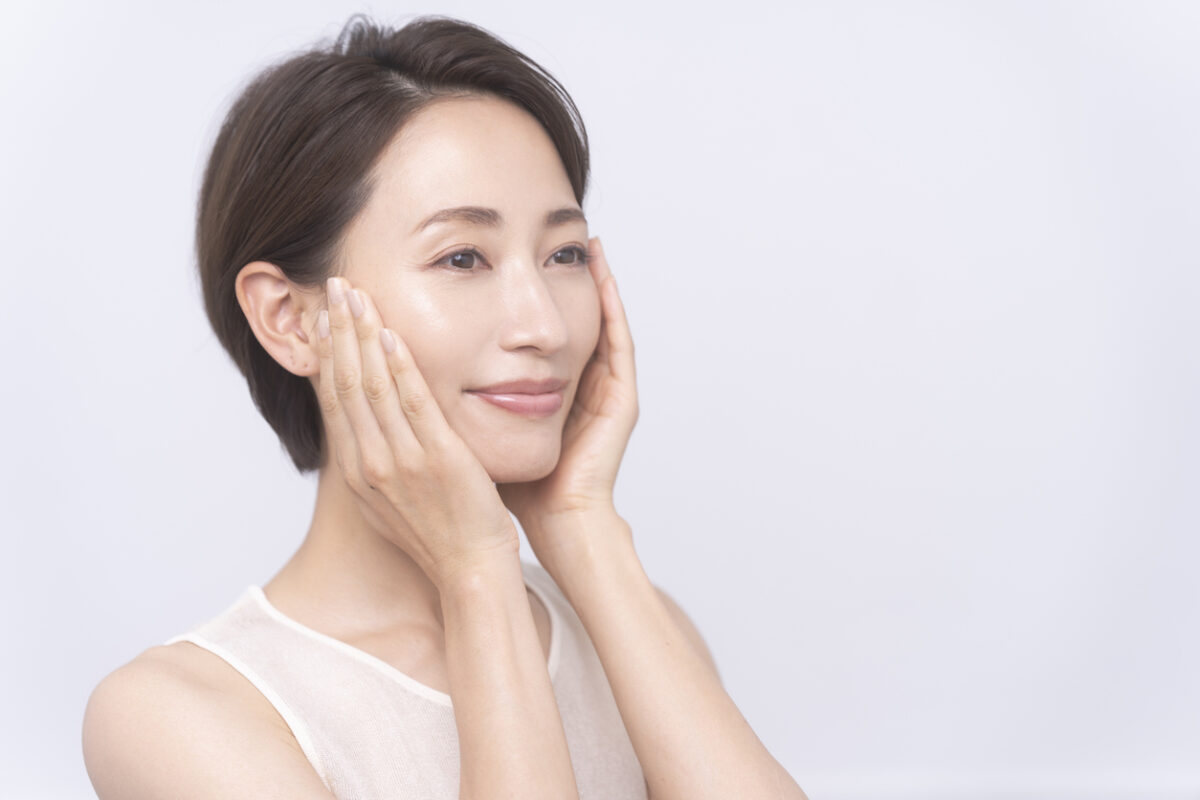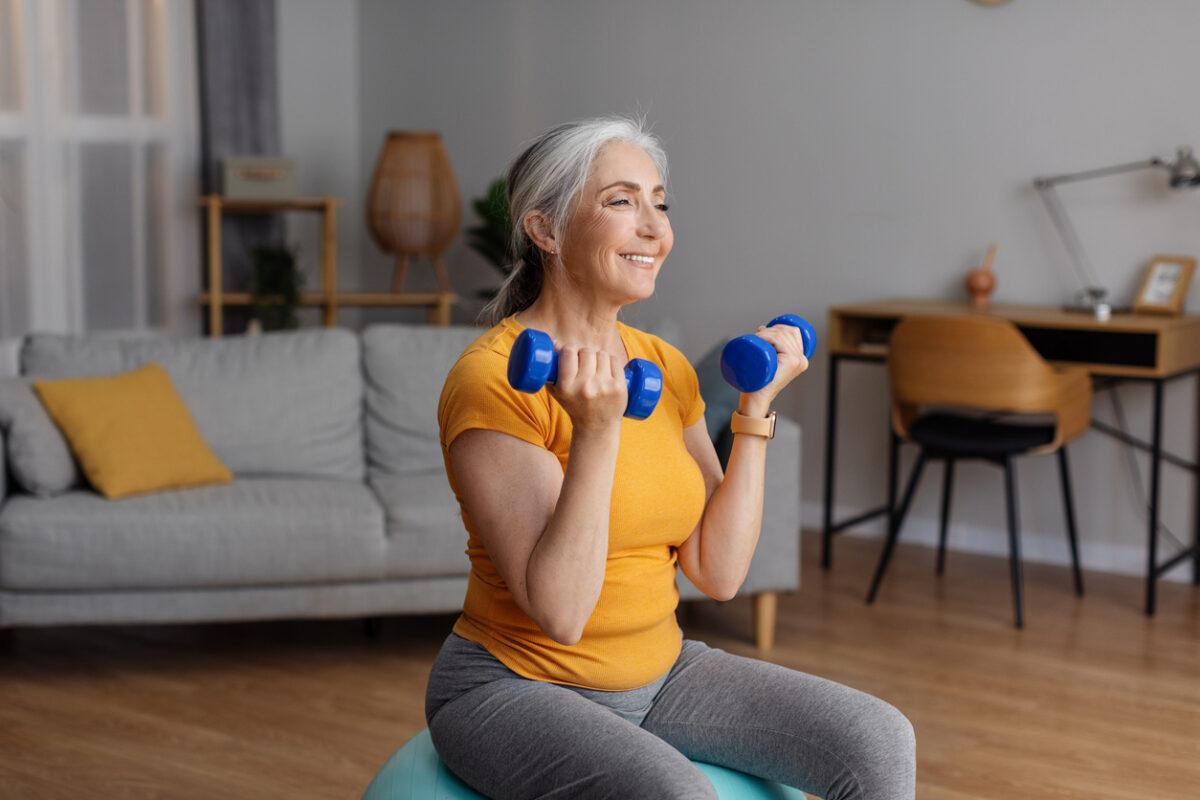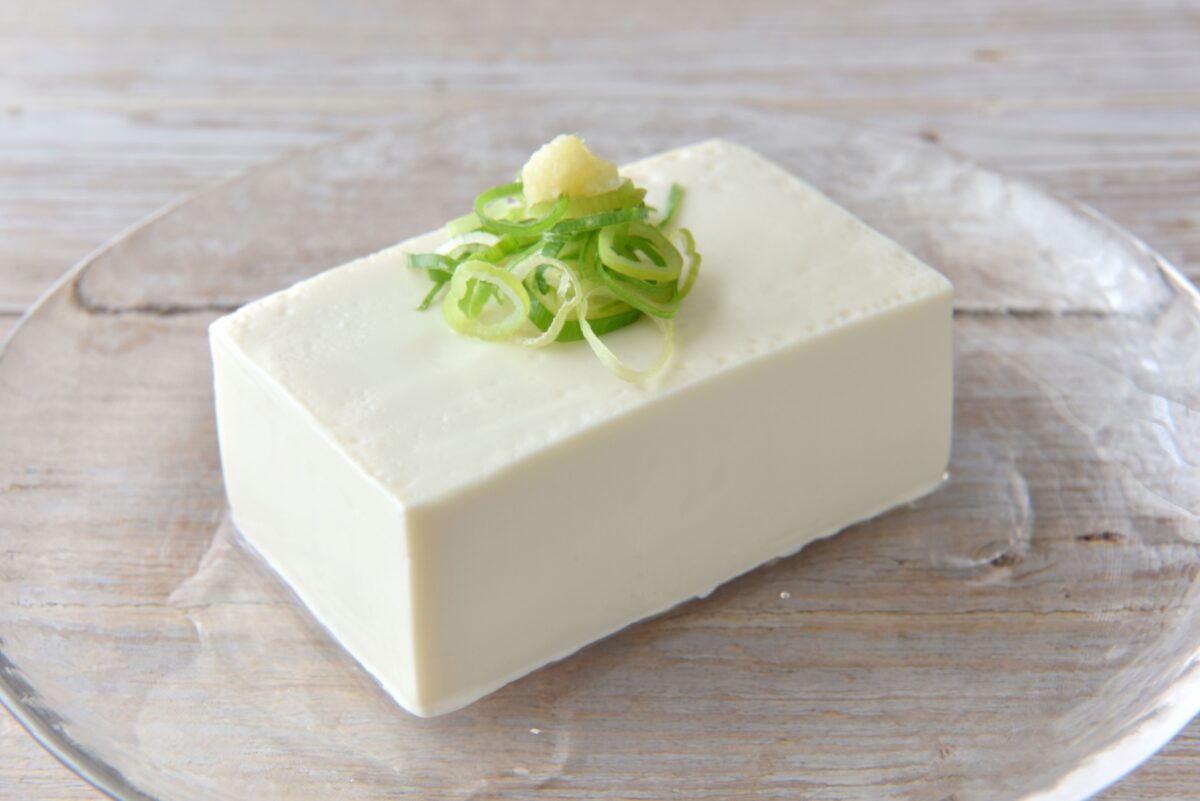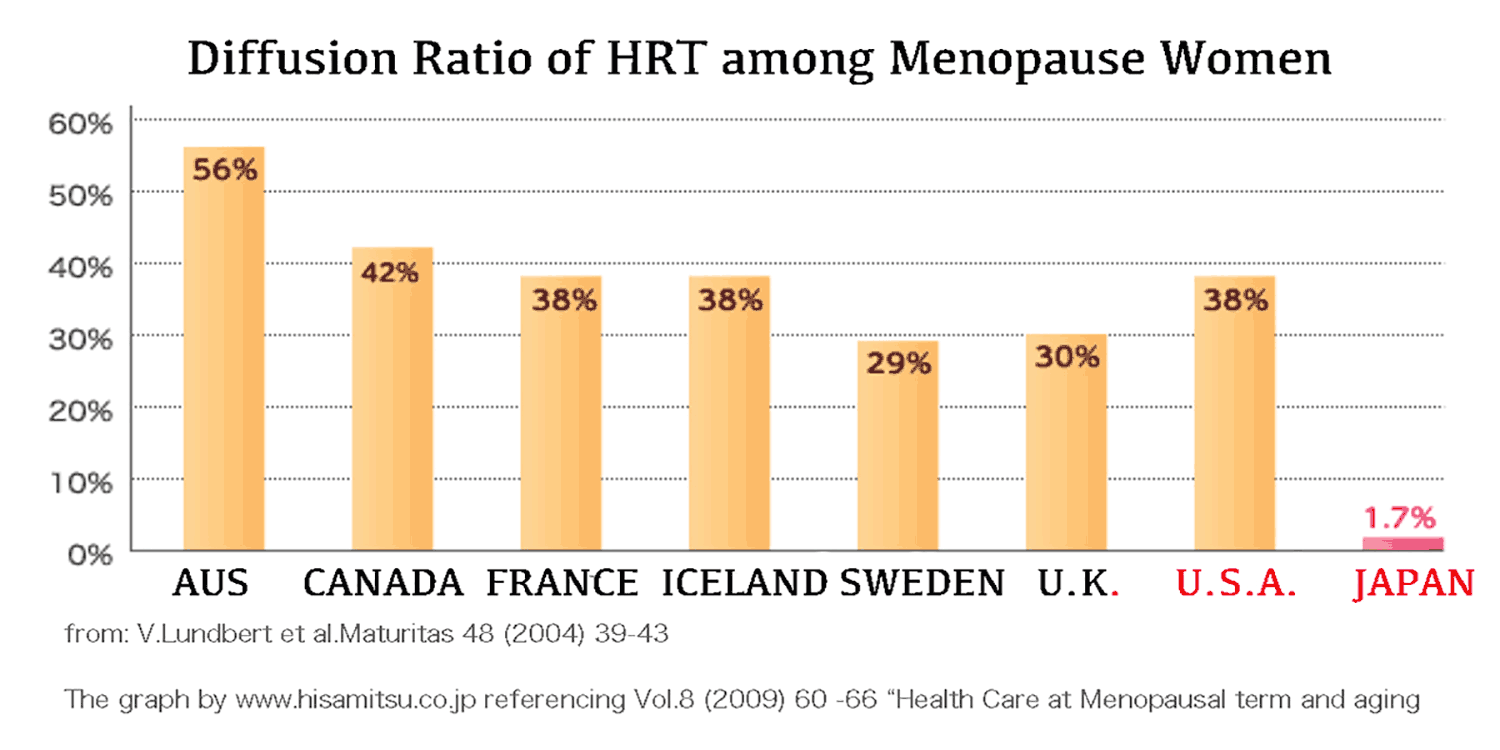Why Spring Is the Perfect Time to Strengthen Your Immune System
Spring signifies renewal and rebirth. After the cold and often confining winter months, it’s a time when nature awakens, and so should our bodies. For women over 50, this season presents an ideal opportunity to revitalize their immune systems. As we transition from winter to spring, our bodies face new environmental challenges, such as increased allergens and fluctuating temperatures. Strengthening your immunity during this period can help you ward off illnesses and enjoy the season to its fullest.
Seasonal Changes and Immunity
The shift from winter to spring can impact our immune response. Lower vitamin D levels, common during winter, can weaken immunity. Spring allergies can also strain the immune system, making it more susceptible to infections.
Benefits of a Strong Immune System
A robust immune system helps protect against common spring ailments like colds, flu, and allergies. It also supports overall health and well-being, allowing you to engage in outdoor activities and enjoy the season.
Why Focus on Women Over 50?
Women in this age group experience hormonal changes that can affect immunity. Additionally, age-related decline in immune function makes it crucial to adopt proactive measures to maintain health.
Nutrient-Rich Foods to Support Immunity in Women Over 50
A balanced diet rich in essential nutrients is fundamental for a strong immune system. For women over 50, focusing on specific foods can make a significant difference.
Vitamin C-Rich Foods
Vitamin C is a powerful antioxidant that boosts immune function. Include citrus fruits, strawberries, and bell peppers in your diet.
Consider adding a daily smoothie with these ingredients for a quick and effective way to increase your vitamin C intake.
Vitamin D Sources
Vitamin D plays a crucial role in immune regulation. Since sun exposure may still be limited in early spring, incorporate vitamin D-rich foods like fatty fish (salmon, mackerel) and fortified dairy products. You can also look into vitamin D supplements.
For more information on vitamin D and immune health, you can refer to resources like the National Institutes of Health (NIH).
Zinc-Rich Foods
Zinc is essential for immune cell function. Include foods like oysters, beef, and pumpkin seeds in your diet.
These foods not only boost immunity but also provide other essential nutrients for overall health.
Antioxidant-Packed Vegetables
Dark leafy greens, broccoli, and carrots are rich in antioxidants that protect cells from damage and support immune health.
Aim for a colorful plate to ensure a variety of antioxidants.
Simple Lifestyle Changes to Stay Healthy This Spring
In addition to diet, lifestyle habits play a vital role in maintaining a strong immune system.
Prioritize Sleep
Adequate sleep is crucial for immune function. Aim for 7-8 hours of quality sleep each night.
Establish a relaxing bedtime routine to improve sleep quality.
Manage Stress
Chronic stress weakens the immune system. Practice stress-reducing activities like yoga, meditation, or spending time in nature.
Even short periods of deep breathing can help reduce stress levels.
Stay Hydrated
Drinking plenty of water helps flush out toxins and supports overall health.
Carry a water bottle with you and sip water throughout the day.
Regular Exercise
Moderate exercise enhances immune function. Aim for at least 30 minutes of physical activity most days of the week.
Spring is a perfect time to start outdoor activities like walking or gardening.
Sunlight and Fresh Air
Getting some sunlight helps your body produce vitamin D, and fresh air is always good for you.
Take a walk in the park, open your windows to allow fresh air into your home.
The Role of Gut Health in Immunity and How to Improve It
A healthy gut is essential for a strong immune system. The gut microbiome plays a crucial role in immune regulation.
Probiotic-Rich Foods
Probiotics support a healthy gut microbiome. Include fermented foods like yogurt, kefir, and sauerkraut in your diet.
These foods introduce beneficial bacteria to your gut, enhancing immune function.
Prebiotic Foods
Prebiotics feed the beneficial bacteria in your gut. Include foods like garlic, onions, and bananas in your diet.
A combination of prebiotics and probiotics can significantly improve gut health.
Fiber-Rich Foods
Fiber supports a healthy digestive system and promotes the growth of beneficial bacteria.
Whole grains, fruits, and vegetables are excellent sources of fiber.
Limit Processed Foods
Processed foods can disrupt the balance of the gut microbiome.
Focus on whole, unprocessed foods for optimal gut health.
For additonal information on gut health you can visit websites such as the Mayo Clinic
Spring Detox: How to Gently Cleanse Your Body for Better Health
Spring is an ideal time to detoxify your body and eliminate toxins accumulated during winter.
Hydration is Key
Drink plenty of water and herbal teas to support detoxification.
Infused water with lemon or cucumber can enhance the detoxifying effect.
Focus on Whole Foods
Emphasize fruits, vegetables, and whole grains in your diet.
These foods provide essential nutrients and fiber for detoxification.
Limit Processed Foods and Sugar
These can hinder the body’s natural detoxification processes.
Reducing intake of these foods can improve overall health.
Gentle Exercise
Activities like yoga and walking can support detoxification by promoting circulation and sweating.
These activities also help reduce stress and improve mental well-being.
Support Liver Function
The liver plays a crucial role in detoxification. Incorporate foods like artichokes and beets into your diet.
These foods support liver health and enhance detoxification.
By incorporating these tips into your lifestyle, women over 50 can strengthen their immune systems and enjoy a healthy and vibrant spring.
Embracing Japanese Longevity Secrets
Japan is known for its exceptional longevity, and much of this can be attributed to its diet. Japanese women, in particular, maintain better overall health as they age, partly due to their nutrient-rich, plant-based eating habits. Fermented soy products like miso and natto are staples in their diet, providing not only plant-based protein but also essential compounds like isoflavones, which support hormonal balance.
Take the benefit of fermented isoflavone of Miso through our supplement
The key ingredient in miso soup, which Japanese people consume daily, is miso (fermented soybean paste). It not only provides plant-based protein but also contains isoflavones that are broken down through fermentation. These isoflavones help regulate hormone balance and are known to offer various health benefits.
Juveriente®’s Effisoy, launched in 2016, based on fermented soy bean germ extract has been loved as a natural menopause relief since its launching in 2016.
Its primary function is to boost the weakened synthesis of a hormone precursor, DHEA. It helps the precursor, DHEA. Rebalancing the precursor will eventually recover your hormones in line with your natural balance. It will help you refresh your various functions for your beauty.
Here are some of the real product reviews in our Amazon shop.
“Restful sleep finally!!”, “I Am Now Free of Hot Flashes!!”, “Lifesaver”










